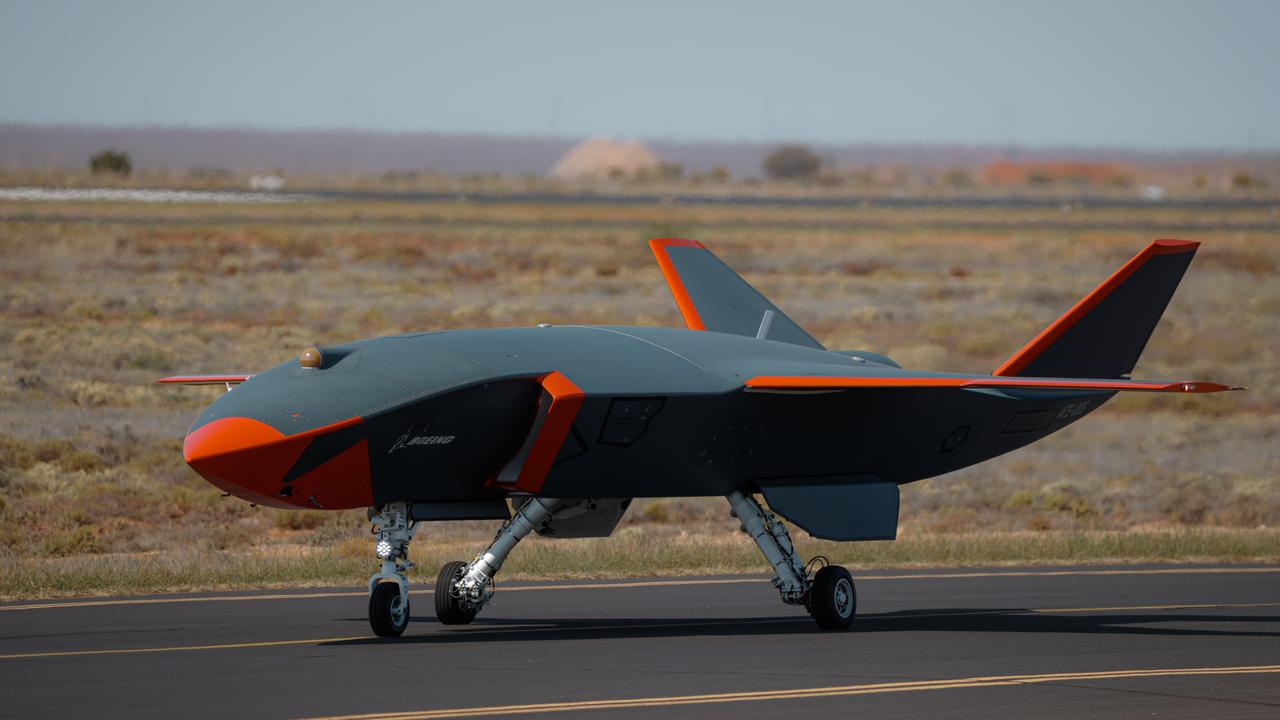Australian marine company Birdon’s bet on speed pays off in US contracts
A small – and until recently unknown – Port Macquarie company has been making inroads into the specialised US military marine engineering domain.

Originating in Port Macquarie on the far northern coast of NSW, a small – and until recently unknown – company has been making inroads into the specialised US military marine engineering domain. The breakthrough contract was with the US Army for a mobile bridging system worth more than $500m, with deliveries continuing until at least 2024.
The company has also won subsequent contracts with other government agencies and now has an order backlog in the US approaching $3bn. Similar to other Australian companies, it is expanding faster in North America than it is at home, partially because the market is so much larger.
The secret to the success in both Australia and the export market has been a flexible approach, with Birdon focusing on design and integration, prepared to find local construction partners to keep costs down, rather than use purpose-build facilities for each new contract.
As well as the engineering vessels themselves, the company designs water jet propulsion systems with much higher thrust than the competition.
Birdon has high hopes locally because of the DSR and its emphasis on Army’s littoral manoeuvre capability, particularly the Medium and Heavy Landing Craft, LMV-M and LMV-H respectively. These are designed to land soldiers and vehicles directly onto beaches and typically feature large bow ramps and an open cargo deck.
The projects are grouped under LAND 8710 Phase 1A and 1B and even though they are well underway, the DSR recommended that they be “immediately accelerated.”
The first cab off the rank will be the medium level capability, which will see Vietnam-era LCM8s replaced with larger, longer range new generation landing craft able to carry 70 tonnes of vehicles, people and stores for ranges of about 2000km. Currently worth $800m, this looks to be a four-way tussle between Birdon and other local suppliers.
Birdon looks to be the lowest risk bidder due to a fortuitous – or inspired – decision to start building a prototype of their LMV-M landing craft in Henderson, which has been nominated by the federal government as the preferred location for small and medium military vessels. Known as VESSEL-ZERO, it is designed specifically to the requirements of Army and involves an up-front investment that, prior to the DSR, was seen as a major gamble.
The company’s General Manager Defence, Joe Smith, said: “The overriding rationale to design and manufacture a rapid prototype was to de-risk the project from a technical and schedule perspective. This entirely self-funded investment, advances any resultant project by a minimum of two-years, and provides opportunities to obtain real-life learnings that can be applied to subsequent iterations.”
The idea of rapid prototyping a product, getting into service for testing and then refining the design is a faster path for development than a more classic military approach of negotiating a cumbersome specification down to every last nut and bolt. The old approach can result in systems being delivered that are obsolescent because of the amount of time taken from contract signature until delivery.
The DSR has placed an emphasis on speed, and it might be that Birdon’s bet has paid off.
If successful in Australia, these new generation landing craft could have significant export potential, especially in the Indo-Pacific region, which is packed with islands that often lack major infrastructure.


